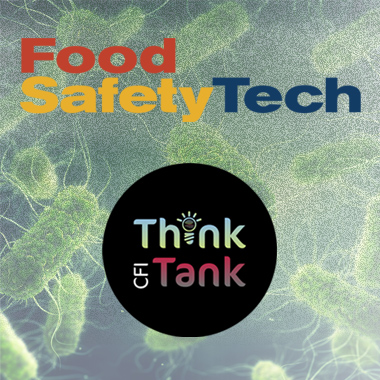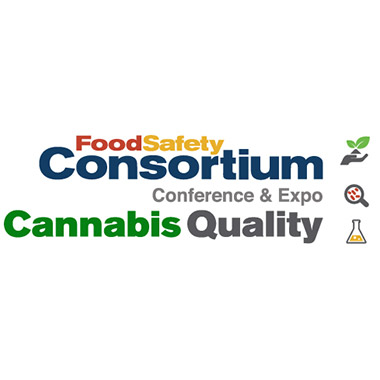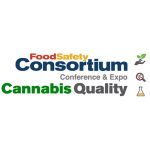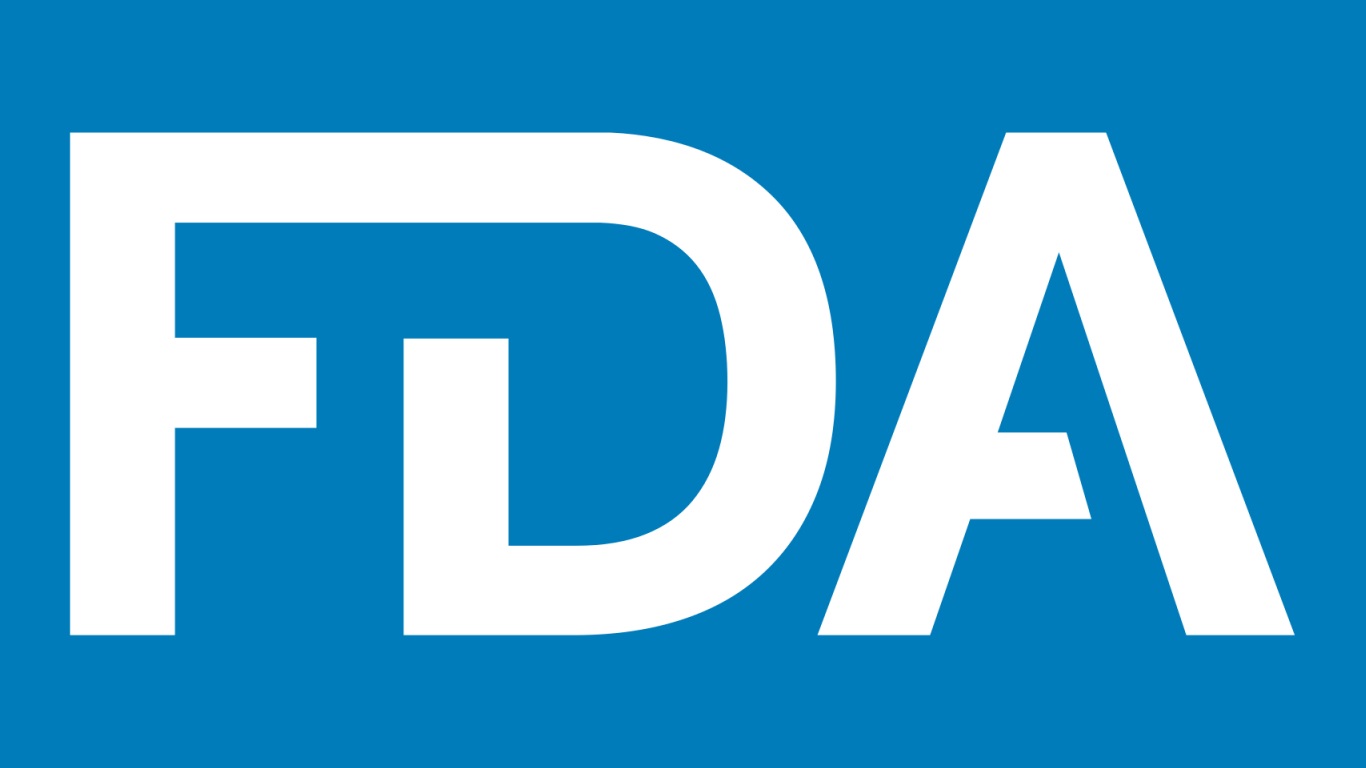Whole genome sequencing (WGS) has become a powerful tool to track the origins of foodborne illness, but if industry views WGS simply as a tool for regulators, it is missing out on a valuable instrument to improve food safety within its facilities. Join Fabien Robert, head of zone AMS for Nestlé Quality Assurance centres, and Food Safety Tech on April 3-5 at Ohio State University, as we take a closer look at:

- How WGS can help industry mitigate food safety risks and enhance root cause analysis
- How to use WGS in your operations to improve food safety
The Food Safety Tech’s Hazards Conference + CFI Think Tank brings together leading minds in industry and academia for two days of practical education on the detection, mitigation, control and regulation of key food hazards, followed by discussion geared toward identifying gaps for research and innovation.
In person and virtual registration options available
Additional speakers include:
Biofilm Prevention and Control Practices
Charles Giambrone, Food Safety Manager, Rochester Midland
Giambrone received his M.S. degree in Microbiology from Rutgers University in 1978, where his research focus was applied and environmental microbiology. In his current and previous roles as VP & Sr. Technical Support Manager for Rochester Midland Corp, he provides applied research and technical support in the whole area of food safety and sanitation including processing and preparation, membrane cleaning, and water treatment systems plus supervision of R & D projects. Giambrone has a broad and in-depth expertise in the areas of hygiene, disinfection, and biocides. This includes working with systems to remove or prevent biofilm formation in food processing and water system lines as well as other applications.
The USDA’s Proposed Approach to Salmonella Control in Poultry Products
Sandra Eskin, Deputy Under Secretary for Food Safety, Food Safety and Inspection Service, USDA
Sandra Eskin leads the Office of Food Safety at the USDA, overseeing the Food Safety and Inspection Service (FSIS), which has regulatory oversight for ensuring that meat, poultry and egg products are safe, wholesome and accurately labeled. Prior to joining USDA, Eskin was the Project Director for Food Safety at The Pew Charitable Trusts in Washington, D.C. She also served as the Deputy Director of the Produce Safety Project (PSP), a Pew-funded initiative at Georgetown University from 2008-2009.
RTE Meats and Ice Cream – Mitigating Listeria Risks & Responding to Contamination
Stacy Vernon, Food Safety Specialist & Project Manager, CIFT
Stacy Vernon is the Food Safety and Operations Program Manager at CIFT, where she works alongside food manufactures of all sizes to help them achieve their food safety goals and objectives. She delivers business solutions and technical expertise to her clients as they work towards achieving, maintaining and improving their regulatory and third party food safety certification compliance. Stacy has over 15 years of experience in the food and beverages industry as prior to joining CIFT in 2016, she worked in food safety and quality assurance management roles for Smithfield Foods, Inc. and Rudolph Foods Company.
Listeria in the Retail Food Environment
Janet Buffer, Center for Foodborne Illness & Prevention, OSU
Janet Buffer’s expertise spans across multidisciplinary medical and clinical research centers, higher education institutions, extension agencies, and regulatory departments. Throughout her 28-year professional career, Janet has served in various capacities; relentlessly utilizing her unique skill sets and ability to connect with students and consumers, to thoroughly educate and actively train those around her. She has spearheaded food safety information accuracy efforts and prioritized food production and food safety regulatory compliance in the healthcare and business spheres above all else. All the while, advising and aiding in corporate administration and the improvement of food technologies.
Application of Ozone for Decontamination of Fresh Produce
Al Baroudi, Ph.D., Vice President of Quality Assurance & Food Safety, The Cheesecake Factory
In addition to his current role, Dr. Baroudi has conducted workshops, published White Papers and introduced the HACCP program to developing countries on behalf of the U.S. government. He is the recipient of Borden’s “President Award”, the Sani “Food Safety Champion Award”, and the “Outstanding Food Safety Program Innovation Award,” and the Southern California IFT “Distinguished Achievement Award.” In 2022, NR News named, Dr. Baroudi as one of the top 50 most influential restaurant executives in the country, and The NRA presented him their inaugural Lifetime Achievement Award for “Outstanding Leader in Food Safety.” He was instrumental in passing the Food Facilities Sanitization Bill “AB 1427” in the California State Assembly that cleared the way for the ozone to be approved in California Cal Code (2012).
Ahmed Yousef, Ph.D., Department of Food Science & Technology, Ohio State University
Dr. Yousef earned his Ph.D. in Food Science from University of Wisconsin-Madison. He worked as a postdoctoral researcher at the University of Wisconsin-Madison before joining Ohio State as an Assistant Professor in 1991. Since the late 1990s, Dr. Yousef and his research team have worked to develop methods to pasteurize shell eggs and to decontaminate fresh produce while maintaining products’ fresh qualities. His ozone research led to developing methods to decontaminate spinach, apples, and other fresh produce. As a result of this research, Dr. Yousef established the largest ozone research laboratory in the U.S. at Ohio State.
View the full agenda and register here.


























